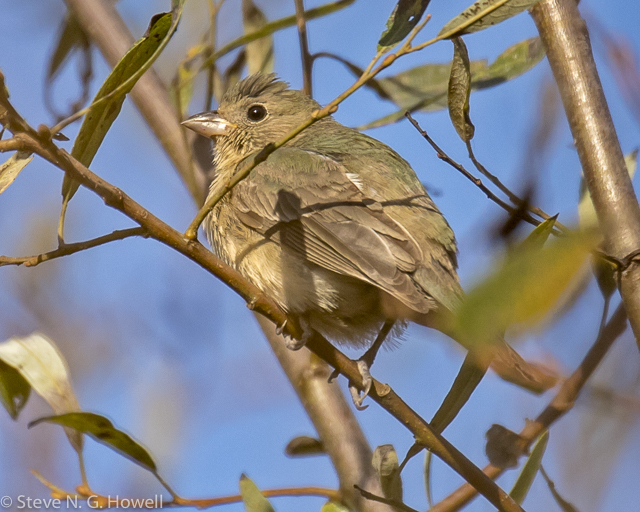Steve Howell continues his local by-foot Big Year into October
Steve Howell continues the saga of his COVID-enforced Bigfoot Year in his hometown of Bolinas, California, with a summary of the early fall months, August (or as the locals call it, Fogust—here my morning view “offshore”) and September.
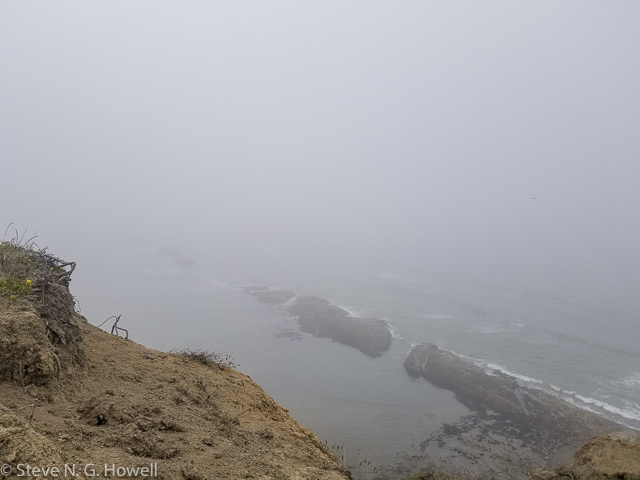
A steady ebb and flow of regular migrants included larger numbers than usual of Willow Flycatcher, like this young bird.

And scarce local migrants like this juvenile Semipalmated Sandpiper, with a Least Sandpiper in the foreground...
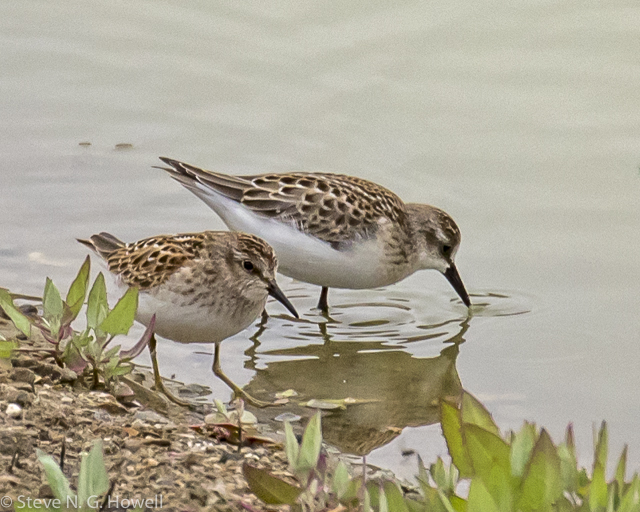
Plus my first Yellow-breasted Chat in town this century!
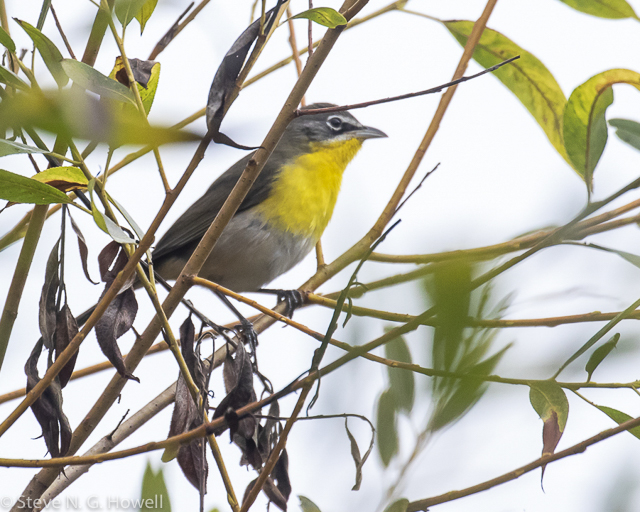
Local rarities included this Rock Wren (or Woodpile Wren?) in late August.
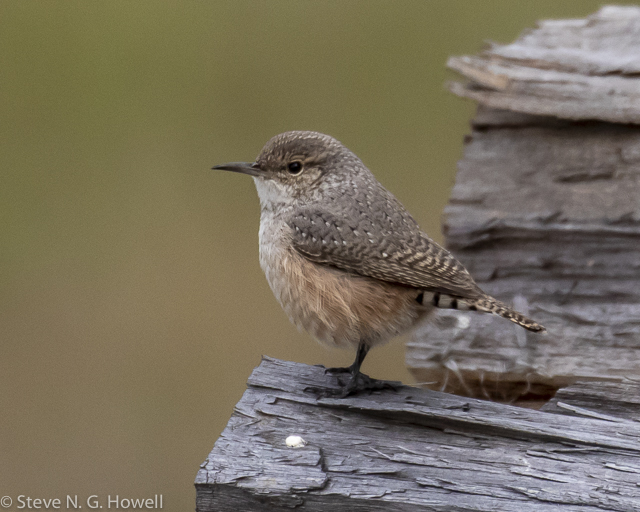
And this young Spotted Owl (note the downy feathers still on the neck), which showed up for a few days in early September, here with a decapitated Dusky-footed Woodrat; likely a fire refugee (the owl, not the woodrat ;-).
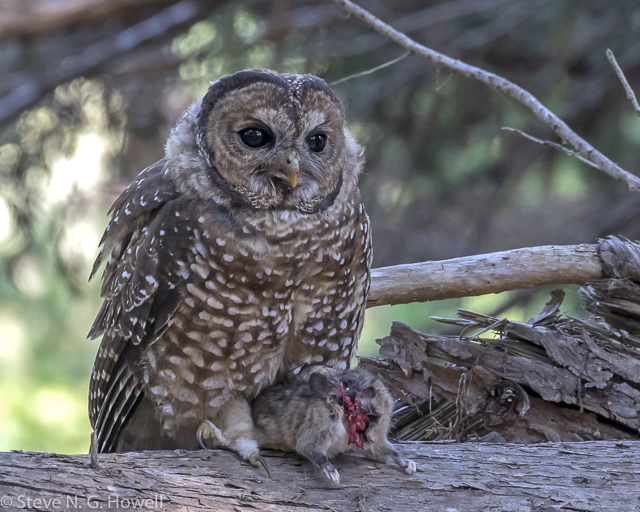
Fall 2020 had a bit of an orange theme, with an early season fire close by—here a shot of the local fire station on 18 August as I walked home from downtown!
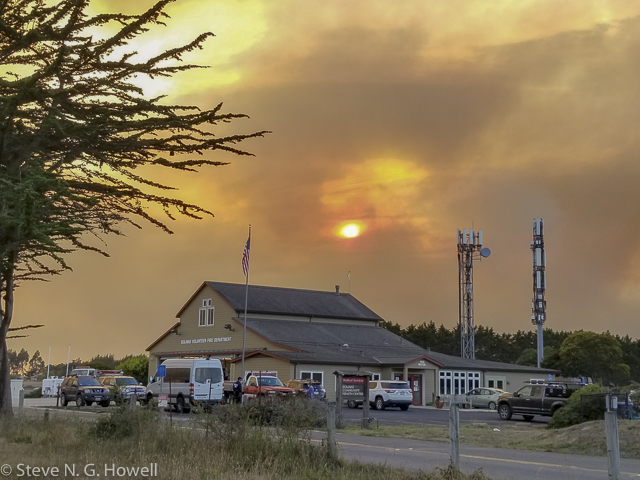
Some days though we had blue sky, with good numbers of low-flying Black Swifts (juvenile on left, adult male on right), perhaps migrant birds feeding at the edge of the burn?
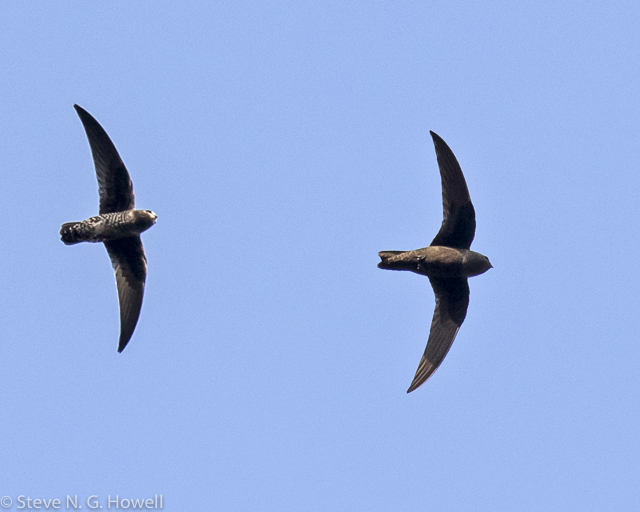
Other days not so much blue sky... This midday (!! really) sky on 9 September was too dark and gloomy to even try birding, plus going out and breathing the air was inadvisable.
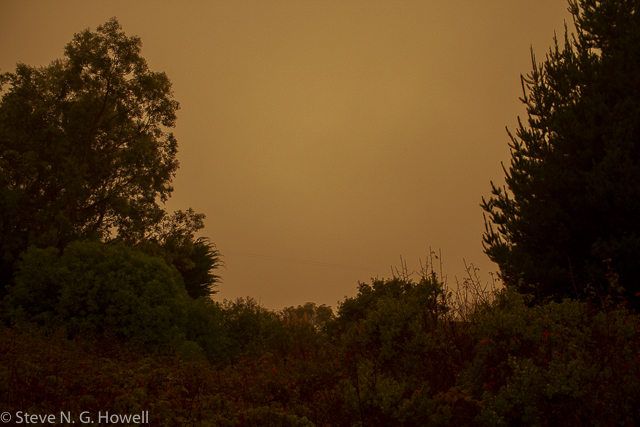
The days of golden light made for interesting photos, as with this Coyote in a nearby field.
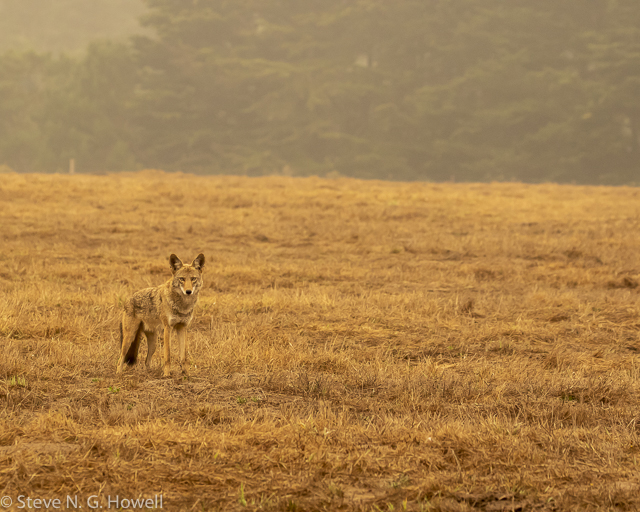
A nice sideline to the orange theme was this Gulf Fritillary in my yard, the first I’ve ever seen locally.
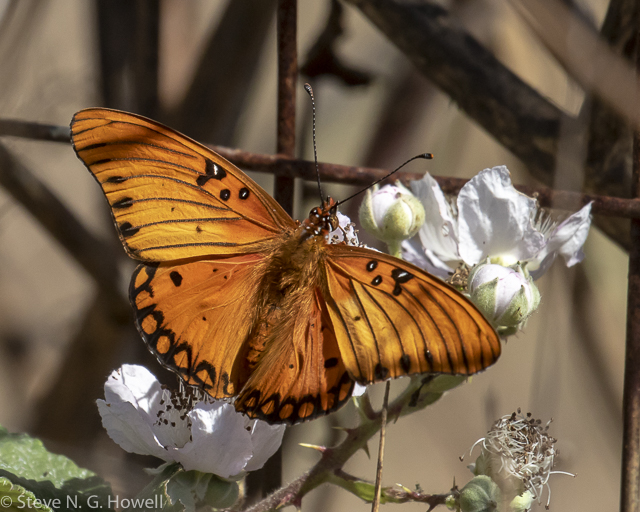
Birding on cleaner-air days turned up a few vagrants, including this Blackburnian Warbler (a record shot in the smoky gloom!), ....
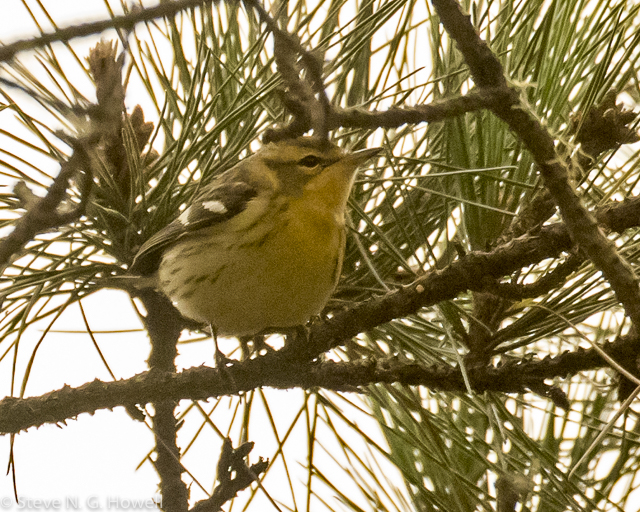
My first (long overdue) Northern Waterthrush in town, ...
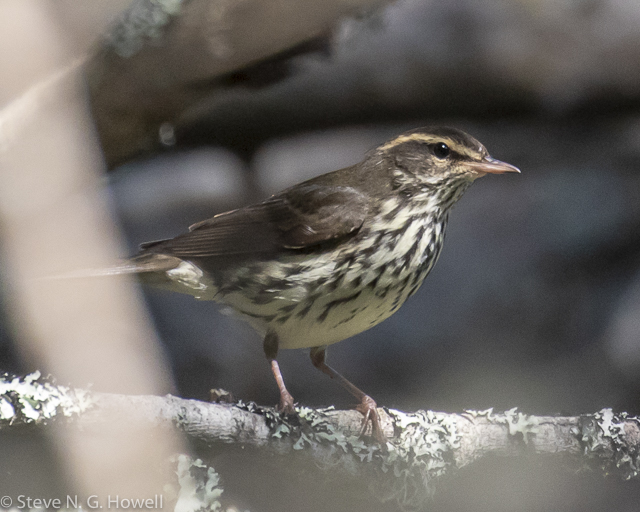
And a decidedly drab immature Painted Bunting, closing out September at 208 species. So, perhaps a chance to beat my Bigfoot Year record of 218 species in 2018, and already having smashed the 2019 total of 203 species. Roll on October... (and 2022 for that matter ;-).
